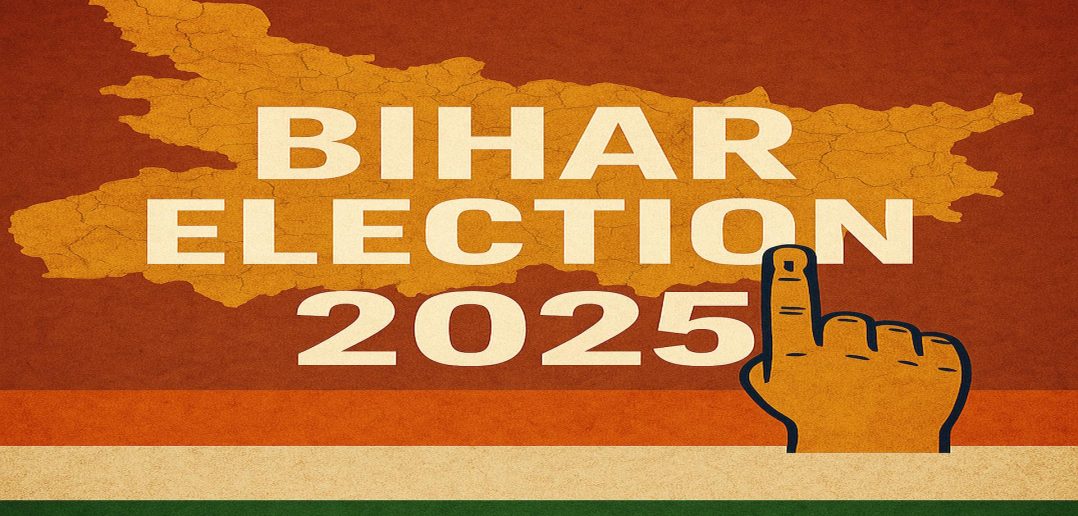PATNA: The electoral battlefield in Bihar, traditionally a spectacle of blaring loudspeakers, wall-to-wall posters, and massive street-corner meetings, appears remarkably subdued in the current Assembly elections.
Voters and observers are noting a distinct lack of the usual high-decibel fanfare, with minimal poster clutter and a noticeable reduction in the ubiquitous microphone campaigns.
This “quiet poll” is not a sign of voter apathy, but an analysis suggests it reflects a deeper shift in campaign strategy, electoral regulations, and a move toward targeted voter outreach.
Political parties, learning from past national and state polls, have significantly ramped up their reliance on digital campaigning. Instead of blanket messaging through physical posters and large rallies, resources are being diverted to social media platforms (Facebook, WhatsApp, Instagram), bulk SMS, and voice messages.

This allows for hyper-local, caste, and issue-specific messaging that is more cost-effective and bypasses the visual noise of traditional campaigning. In an age of high smartphone penetration, especially among the youth, a direct transfer of a scheme’s success story via a short video is proving more impactful than a thousand posters.
The massive rollout of Direct Benefit Transfers (DBTs) and various welfare schemes—particularly those aimed at women and farmers—has become the primary communication tool for the incumbent parties. The instantaneous and tangible impact of “cash in hand” is seen as building voter trust and loyalty far quicker than campaign speeches. For the ruling alliance, the delivery of these benefits has become their most potent “poster.”
The Election Commission of India (ECI) has intensified its monitoring of campaign expenditure. The low-key nature of the physical campaign could be a direct result of candidates being cautious about crossing spending limits, with much of the spending shifting to harder-to-track digital and “silent” ground outreach methods. Strict monitoring on the use of bulk SMS/voice messages during the ‘silence period’ also points to the ECI’s enhanced digital vigil.
The election narrative has been dominated by core, deeply personal issues like unemployment, out-migration, and corruption. In such a charged atmosphere, party strategists believe that an overt, loud physical campaign can sometimes distract from the seriousness of these issues. Instead, parties are prioritizing small, focused public meetings and door-to-door interactions to drive home their manifestos, particularly the promise of jobs.
In the immediate run-up to the polls, weather events like cyclones have grounded helicopters and washed out major rallies, forcing star campaigners to switch to roadshows, virtual addresses, or even phone calls, further reducing the visibility of large-scale events.
The analysis suggests the campaign has not become “quiet” but rather “invisible” to the casual passerby. The real battle is being waged not on walls and poles, but in the private sphere of the voter’s mobile phone and through highly focused, high-value rallies by star campaigners that are primarily covered by the media and digital teams.
This evolution marks a watershed moment in Bihar politics. It signifies a transition from the theatrics of mass mobilization to the precision of data-driven, individual-level communication, where welfare delivery and a jobs-focused narrative are replacing the traditional bombast of the past.


